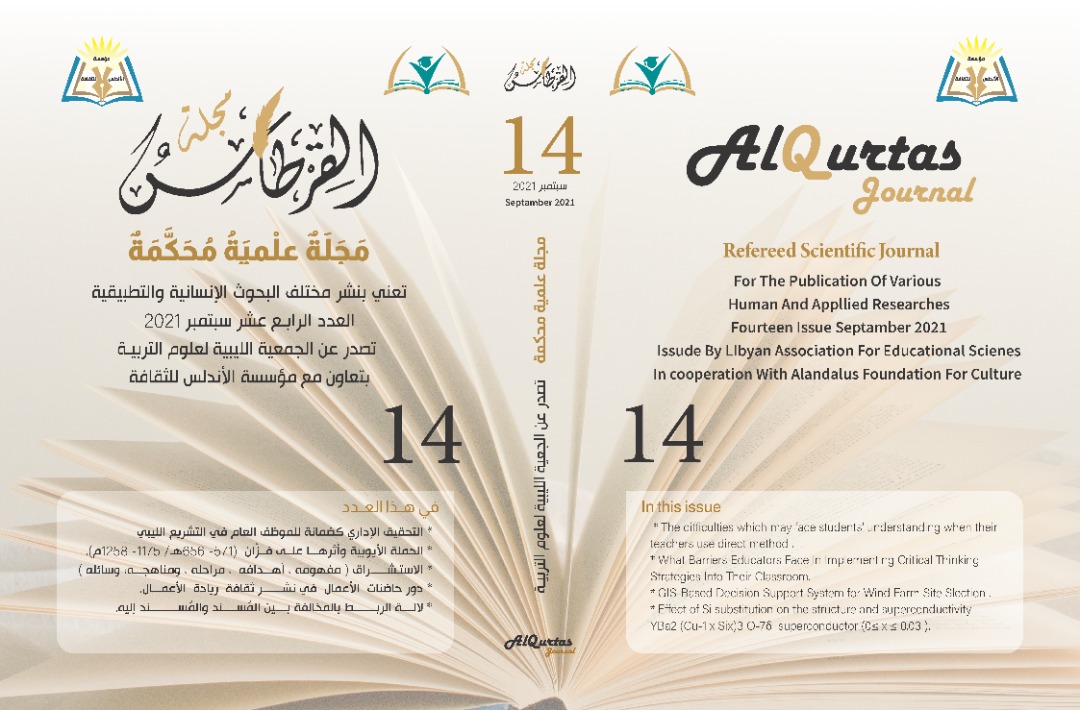التعرف على أنواع الحشائش المنتشرة بمدينة طرابلس وضواحيها
Main Article Content
Abstract
This study was conducted during the period from December 2018 to April
2021, aiming at identifying the species of weeds spread in agricultural and
non-agricultural zones in Tripoli and its suburbs, as a continuation of two
previous studies conducted at the Research Station of the Faculty of
Agriculture - University of Tripoli during the period from 2012 to 2017 in the
same field.
In this study, 116 species of weeds were detected in the targeted zones in the
survey, belonging to 33 families, and the Asteraceae family with twenty
species came first. Followed by the families Poaceae, Fabaceae and
Brassicaceae with 19, 15 and 10 species, respectively. It also counted 17
species of the total weeds that were counted, which were grown in nonagricultural
zones. In addition to the above, two weeds that are not included
in the vegetation cover of Libya (Flora of Libya) have been identified, they
are Oxalis compressa Thunb., which belongs to the family of Oxalidaceae
was growing in one of the cemetery (the cemetery of Sheikh Munther) in
center of Tripoli. And Verbesina encelioides (Cav.) Bonth.Aook which
belongs to the Asteraceae family. Which was spread in non-agricultural
places and on roadsides in the Alhadba Alkhadra, Ain Zara, Tajoura, Janzour,
Khallet Al-Furjan, Khallet Bin Aoun and Souq Al-Juma'a.
The main objective of the process of identifying and counting weeds is to
provide information about weeds in terms of the nature of growth and seed
production as well as the means of dispersal that will benefit those who are
interested in weed control in determining the most effective method for weed
control and reducing their spread, so we recommend expanding this type of
studies in other regions and cities, so that those interested in this field can
develop an integrated program to control weeds.

